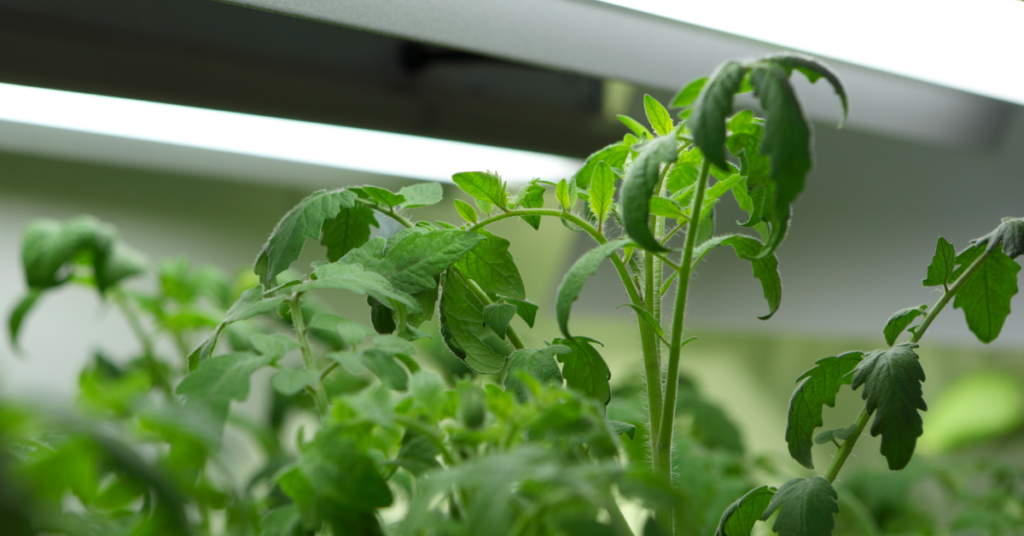
December 21, 2022
In the early 20th century, the refrigerator was made available as an alternative to the icebox, however, iceboxes continued to be quite popular until around 1940. The refrigerator had some obvious advantages such as the ability to transport food long distances, keep food longer in the home, do shopping less frequently, eliminate the need to buy ice on an ongoing basis, and eliminate contaminated ice sources. Even with these major benefits, human nature prompted many people to resist the new technology because of familiarity and identity with the older technology.
High Pressure Sodium (HPS) grow lighting versus Light Emitting Diode (LED) grow lighting creates a similar scenario in that the new LED technology has clear advantages. Still, the older HPS technology continues to be used by a significant number of growers.
The following are some comments from growers who are considering making the leap from HPS to LED grow lighting.
1. “I have heard that LED lighting will cause ‘Tip Burn’ on my lettuce.”
Tip Burn is a function of environmental factors including temperature, ventilation, and humidity, and it’s easily avoided if adequate fans are present. Fans should be kept up to date as ventilation is key for gas exchange.
Using HID lights to heat leaves is inefficient from a cost and energy standpoint.
2. “The cost is less for HPS Lighting.”
The initial cost of the HPS fixture and bulb is typically less than an LED grow light, however, the hidden costs of the HPS grow lights make the LED light a much better return on investment. (See #4 below)
3. “LED lighting is not as powerful as HPS lighting.”
An LED grow light is just as powerful and generates the same amount of light as an HPS light but uses about 35% less power. An LED light will put out 35%-50% more light than an HPS light when using the same input power levels.
4. “The ROI is not as good for an LED grow light.”
The LED light will cost more than an HPS Light up front, but the energy savings and reduced maintenance cost quickly offset the difference and make it a better value. Add in the potential to accelerate plant growth with increased light intensity or under canopy lighting (such as the Catalyst) and the LED light provides far superior economics.
The lifespan of a quality LED light is well over 50,000 hours, warranties are typically five years, and they run cooler, giving off about 50% of their consumed power as heat and 50% as light. They use 35% less power and are great for both single and multi-tier growing. In addition, LED grow lights operate cool enough to be used under plant canopies to increase crop production up to 60%.
HPS Lights use substantially more energy, require frequent maintenance, and have shorter lifetimes. A 1000W HPS light runs very hot, and most of the energy is emitted as heat instead of light. Due to the heat levels, they are not suitable for multi-tier or under-canopy applications and increase cooling costs dramatically in indoor growing applications. HPS fixtures have a lifespan of 10,000 to 20,000 hours and the light intensity of HPS bulbs decreases over time requiring replacement in 12 to 18 months.
5. “I won’t have the same spectrum with LED lighting.”
LED Grow lights can be produced with spectrums tailored to specific crops and growing situations, which can result in increased crop yield, whereas HPS Lights come with a fixed spectrum. Using a LED Light with a spectrum and intensity optimized for a specific application such as greenhouse light supplementation, vegetative growth, flower rooms, etc., can produce higher quality crops and increased yields vs. HPS lights.
Conclusion
These are a few comments from growers that are interested in LED grow lights but not ready to make the leap from HPS. As with iceboxes back in the early 20th century, HPS grow lighting will likely continue to be the less dominant lighting in 2025 and beyond. Interested in how we can help you create a better solution to replace your aging HPS lights? Contact us today and let’s have a conversation!




